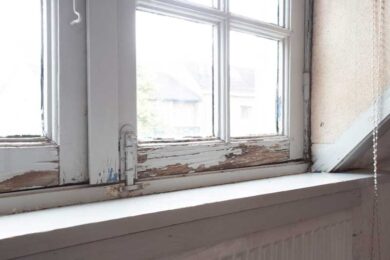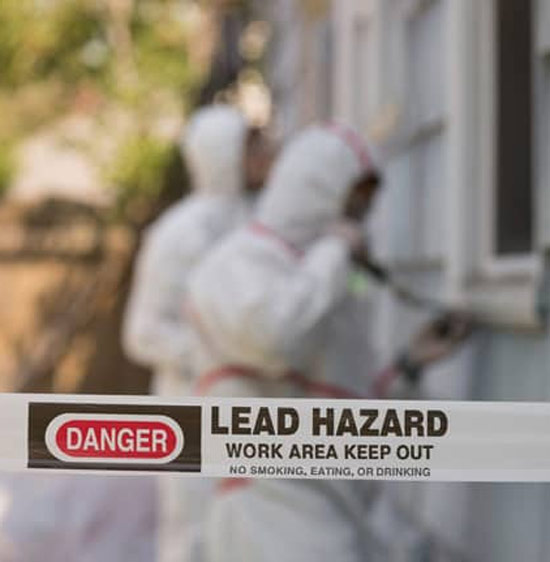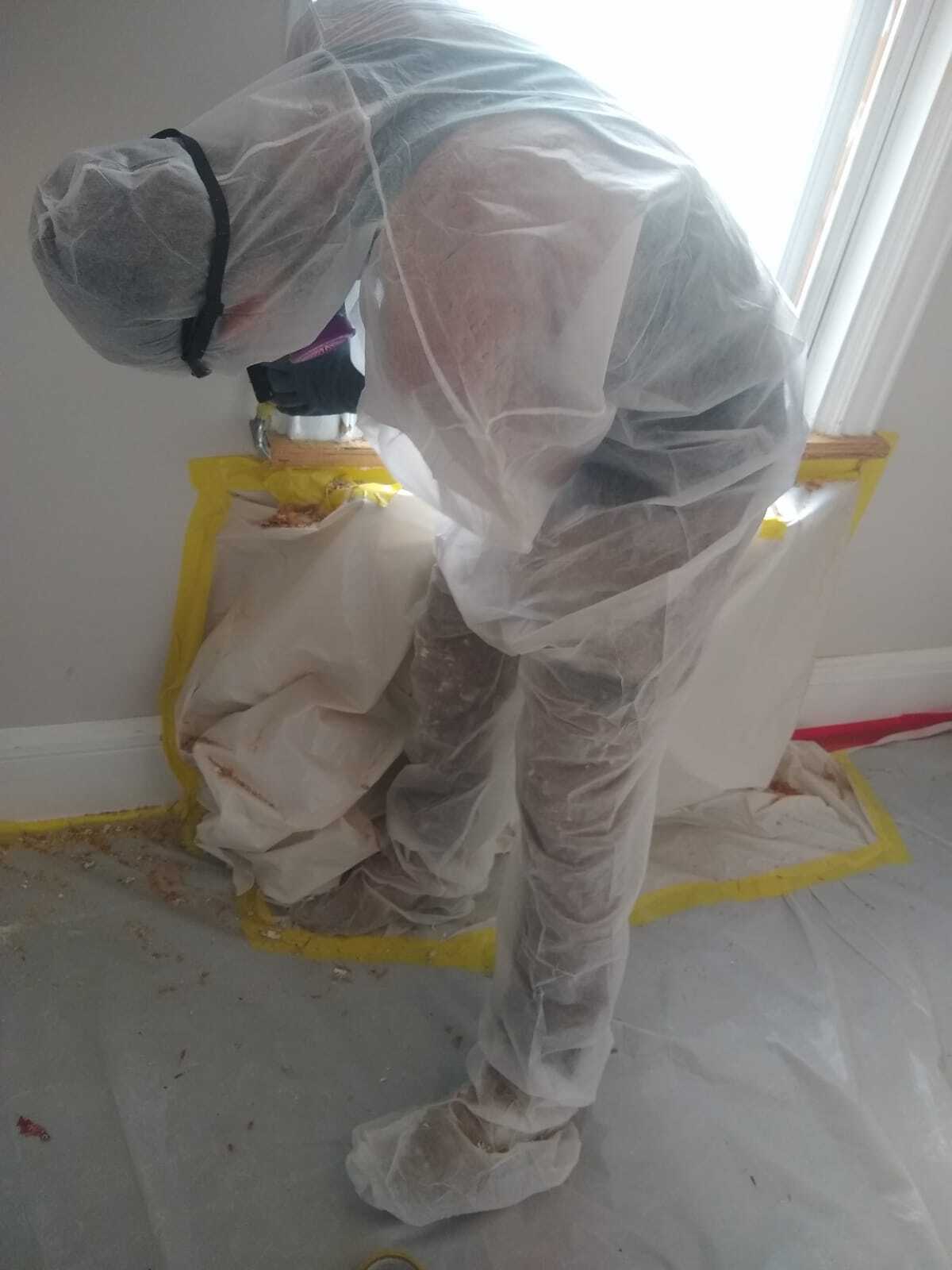Lead Paint Removal Service-- NYC's Trusted Solutions for Lead Safety And Security
Lead Paint Removal Service-- NYC's Trusted Solutions for Lead Safety And Security
Blog Article
Comprehensive Overview on Effective Lead Offense Elimination Strategies
In the world of environmental safety and security, dealing with lead offenses requires a thorough and structured approach. This thorough overview starts by highlighting the essential preliminary actions of identifying lead risks through sophisticated evaluation and screening methods. The guide clarifies on the relevance of sticking to stringent safety and security protocols during the elimination process, consisting of the use of appropriate PPE and separating influenced areas.
Recognizing Lead Threats
Determining lead threats is a crucial initial step in alleviating the risks linked with lead direct exposure. Lead, a toxic metal, can be existing in numerous environmental tools, consisting of paint, dirt, water, and dust.
The preliminary stage in determining lead dangers entails recognizing usual lead resources within the developed environment. Structures constructed prior to 1978 are specifically prone because of the common use lead-based paint throughout that period. Furthermore, soil contamination can occur from wearing away outside paint, commercial exhausts, or historical use leaded gas.
One more considerable source is lead piping and pipes fixtures, which can seep lead into alcohol consumption water. Customer goods such as toys, porcelains, and imported products might additionally contain unsafe lead degrees. Notably, work settings and hobbies involving lead can track pollutants right into homes.
Assessment and Testing
When resolving lead hazards, reliable assessment and screening are critical. This essential step guarantees the identification and metrology of lead existence, consequently assisting succeeding removal initiatives. First assessment generally includes an aesthetic assessment to recognize potential lead resources, such as weakening paint or contaminated dust. This is matched by more rigorous screening techniques to establish the extent of contamination.

Dirt clean tasting is another crucial strategy, especially in household setups. By collecting examples from floors, windowsills, and other surface areas, this technique offers understandings into potential direct exposure risks. Additionally, soil screening around building borders is important to discover lead contamination that could pose threats, especially to youngsters.
Safe Removal Procedures
Upon finishing extensive assessment and screening, carrying out secure elimination procedures is the next crucial stage in attending to lead threats. This procedure guarantees that lead-contaminated products are effectively and securely removed, lessening risk to both workers and citizens. The very first step includes isolating the affected area using plastic bed linen and appropriate sealing methods to stop the spread of lead dirt.
Workers need to wear appropriate individual protective devices (PPE), including respirators, handwear covers, and non reusable coveralls, to minimize exposure. Utilizing specialized tools and damp methods, such as wet fining sand or making use of HEPA-filtered vacuum cleaners, decreases the diffusion of lead fragments. It is critical to stay clear of dry fining sand or click this unpleasant blasting, as these approaches can produce harmful lead dust.
Garbage disposal is another important element; all polluted products have to be safely gotten and identified according to EPA and regional policies. Furthermore, complete cleaning of the job area with HEPA vacuums and damp cleaning makes certain the elimination of residual lead bits.
Post-Removal Confirmation

Confirmation of successful lead elimination, referred to as post-removal verification, is necessary to make certain the safety and habitability of the remediated location. This process includes a collection of careful assessments and examinations developed to identify any kind of residual lead particles that might pose health risks. The preliminary step commonly consists of an aesthetic inspection to evaluate the conclusion and high quality of the removal job. This assessment guarantees that all recognized resources of lead have been attended to and that no noticeable indications of contamination continue to be.
Complying with the aesthetic inspection, ecological tasting is carried out. This includes collecting dust, dirt, and occasionally water examples from the remediated location. Approved labs analyze these samples to determine lead levels, guaranteeing they fall below the safety limits established by regulatory bodies such as the Epa (EPA)
On top of that, air top quality testing may be executed to find airborne lead bits, especially in cases where substantial lead-based paint removal or remodelling has actually occurred. The outcomes of these tests offer quantitative data validating that the lead degrees are within permitted restrictions.
Eventually, post-removal verification offers as an essential checkpoint, confirming the efficiency of the lead abatement efforts and guarding the health and wellness of passengers and site visitors.
Safety Nets and Maintenance

A crucial safety net consists of the usage of lead-safe licensed service providers for any kind of remodelling, repair, or paint activities. These experts are educated in practices that decrease lead dust and debris. In addition, maintaining colored surfaces to stay clear of chipping or peeling is essential, as weakening paint can launch lead fragments into the atmosphere.
Educational campaigns targeting homeowner and occupants relating to the risks of lead and the importance of reporting any prospective hazards can additionally enhance precautionary initiatives. Regular cleansing using HEPA vacuums and wet mopping methods can significantly decrease lead dust buildup.
Verdict
In recap, effective lead offense elimination necessitates a thorough technique encompassing detailed evaluation, precise screening, and rigid elimination discover here procedures. Recurring evaluations explanation and upkeep are vital to mitigate future lead threats, thus securing public health and making certain sustained conformity with regulatory demands.
Report this page